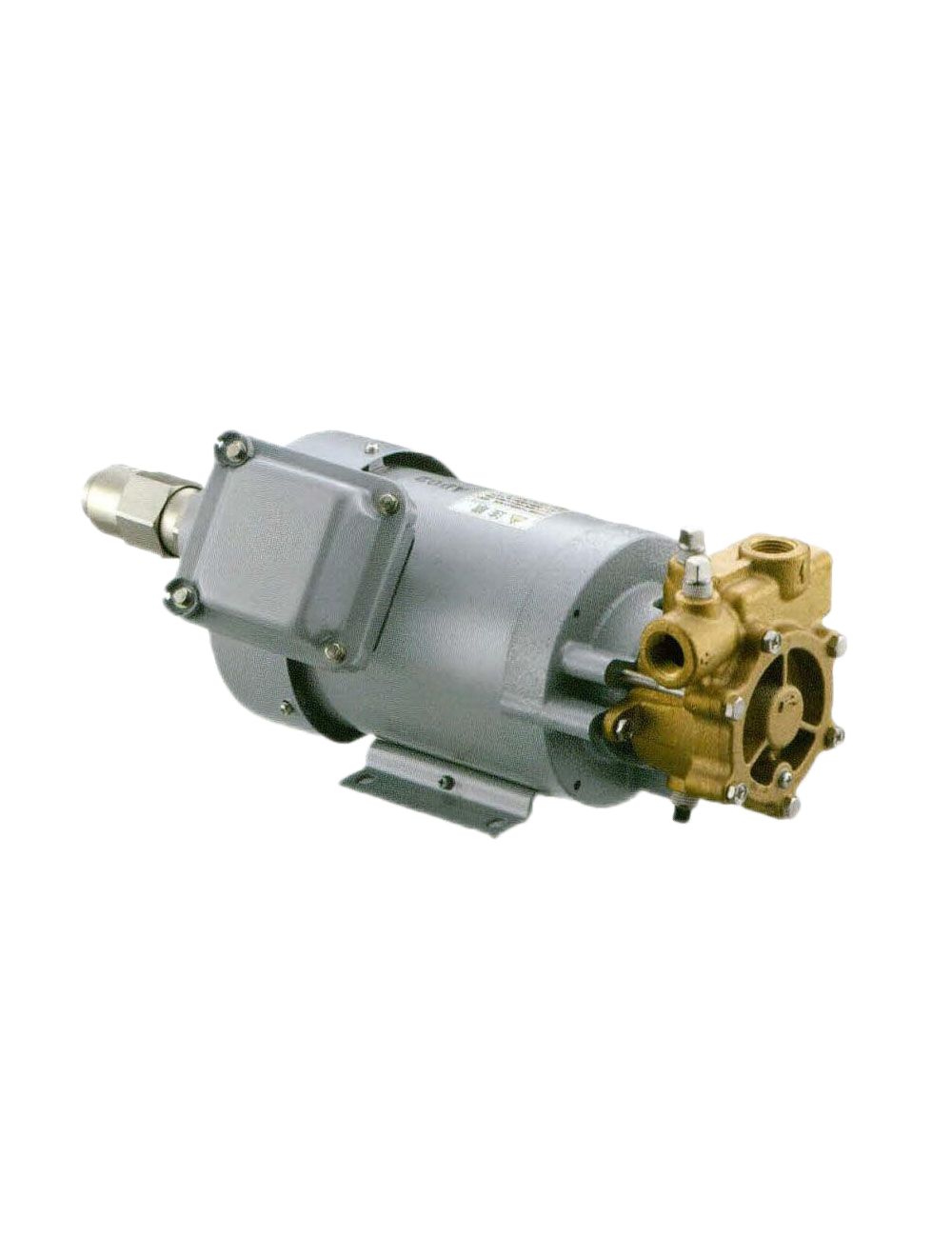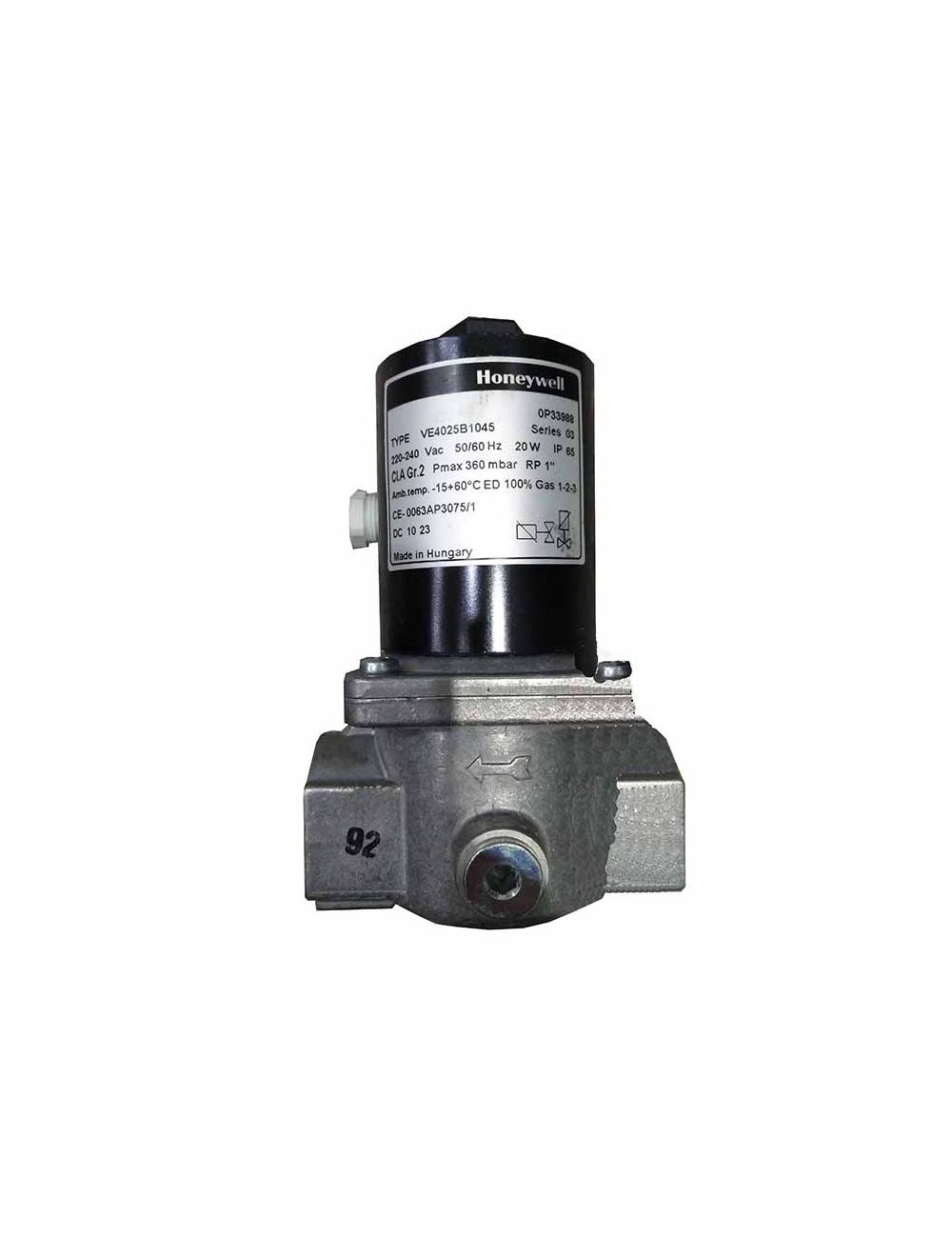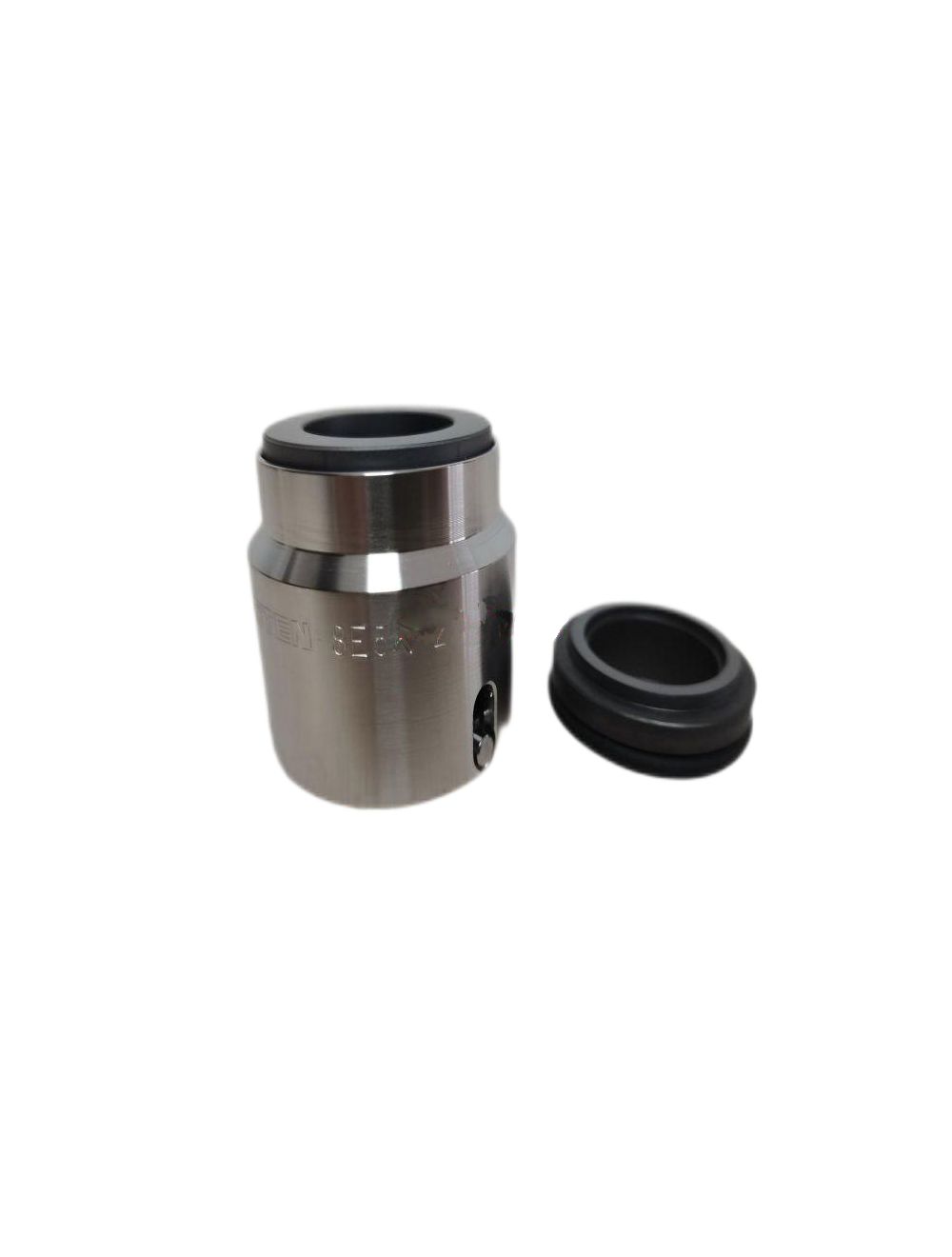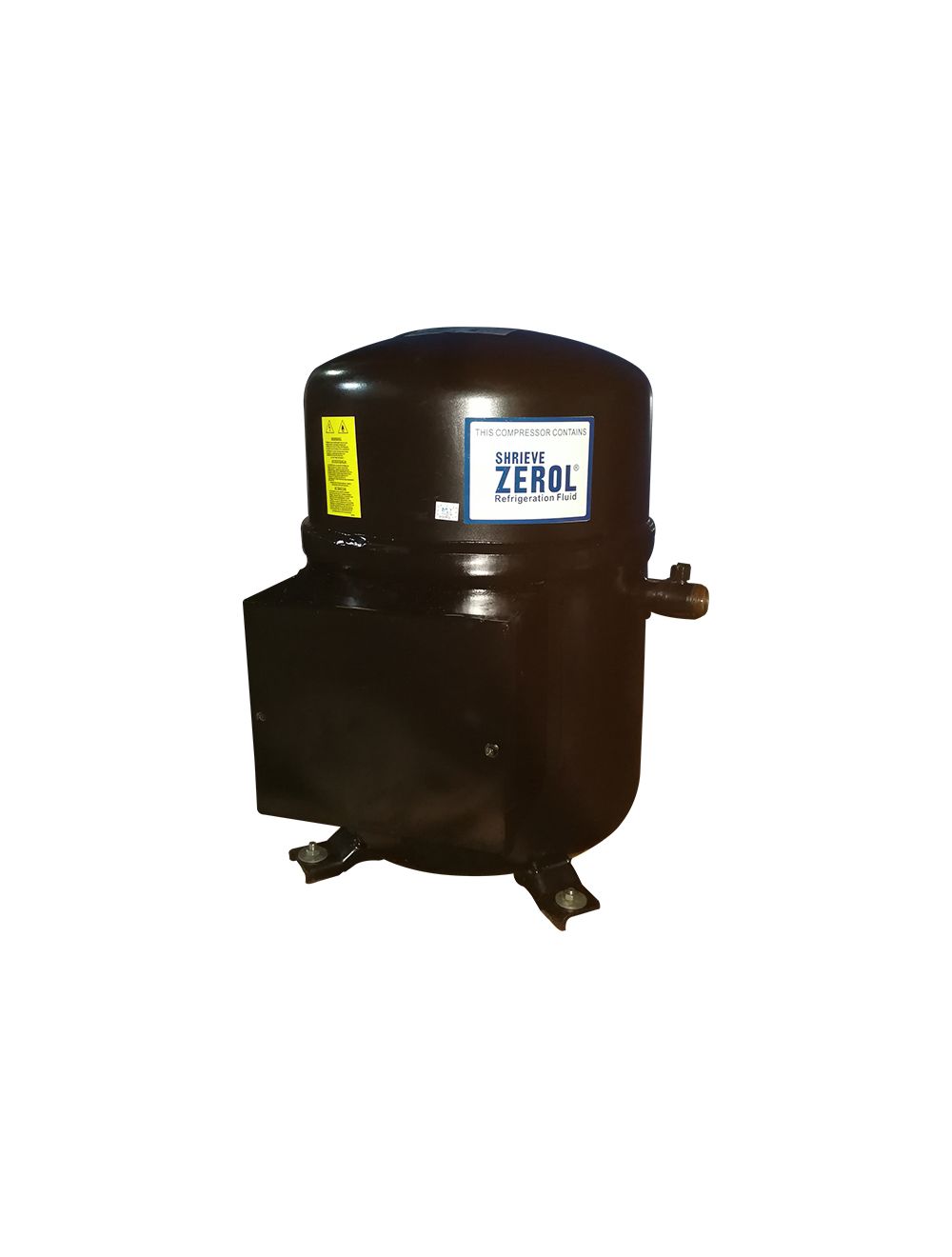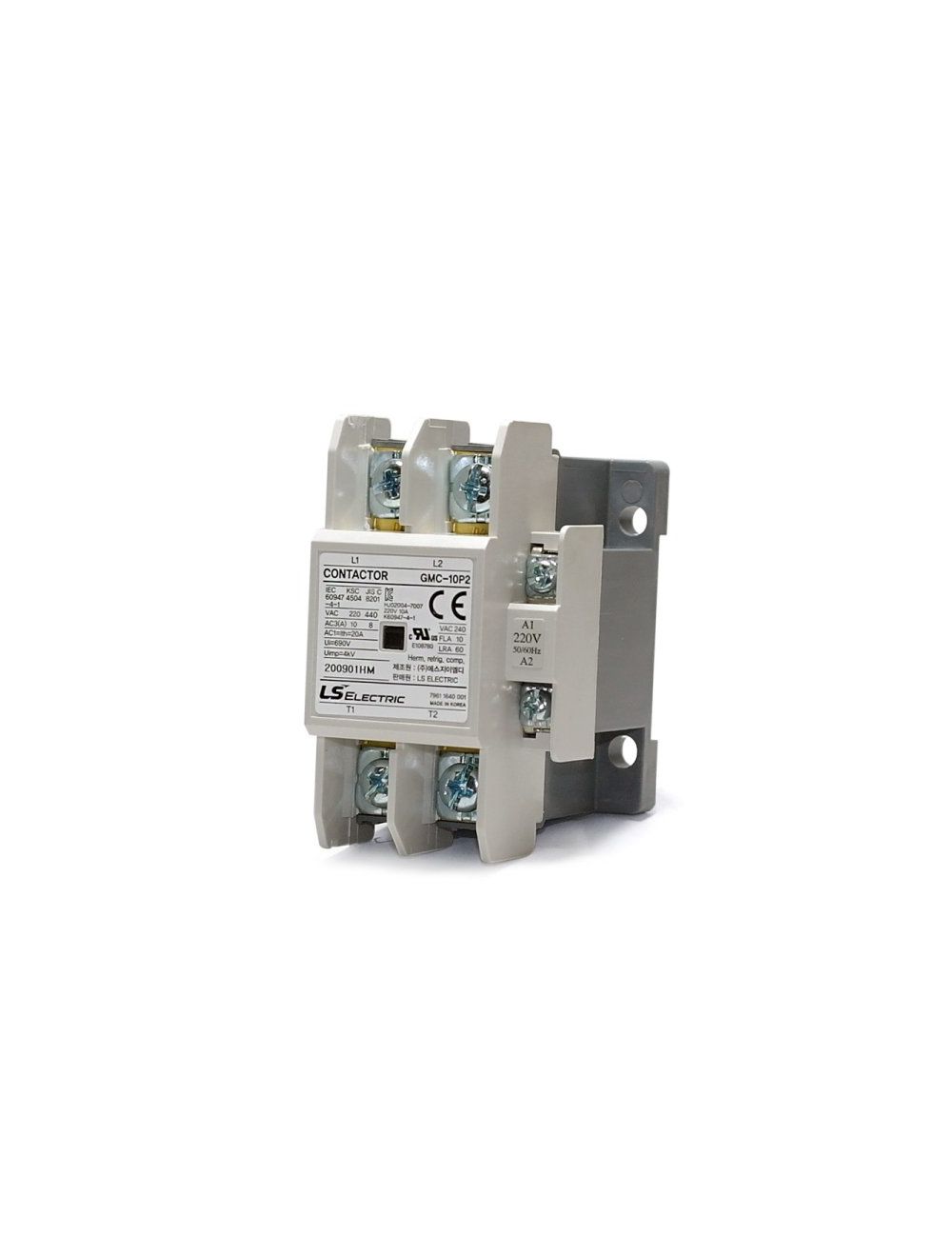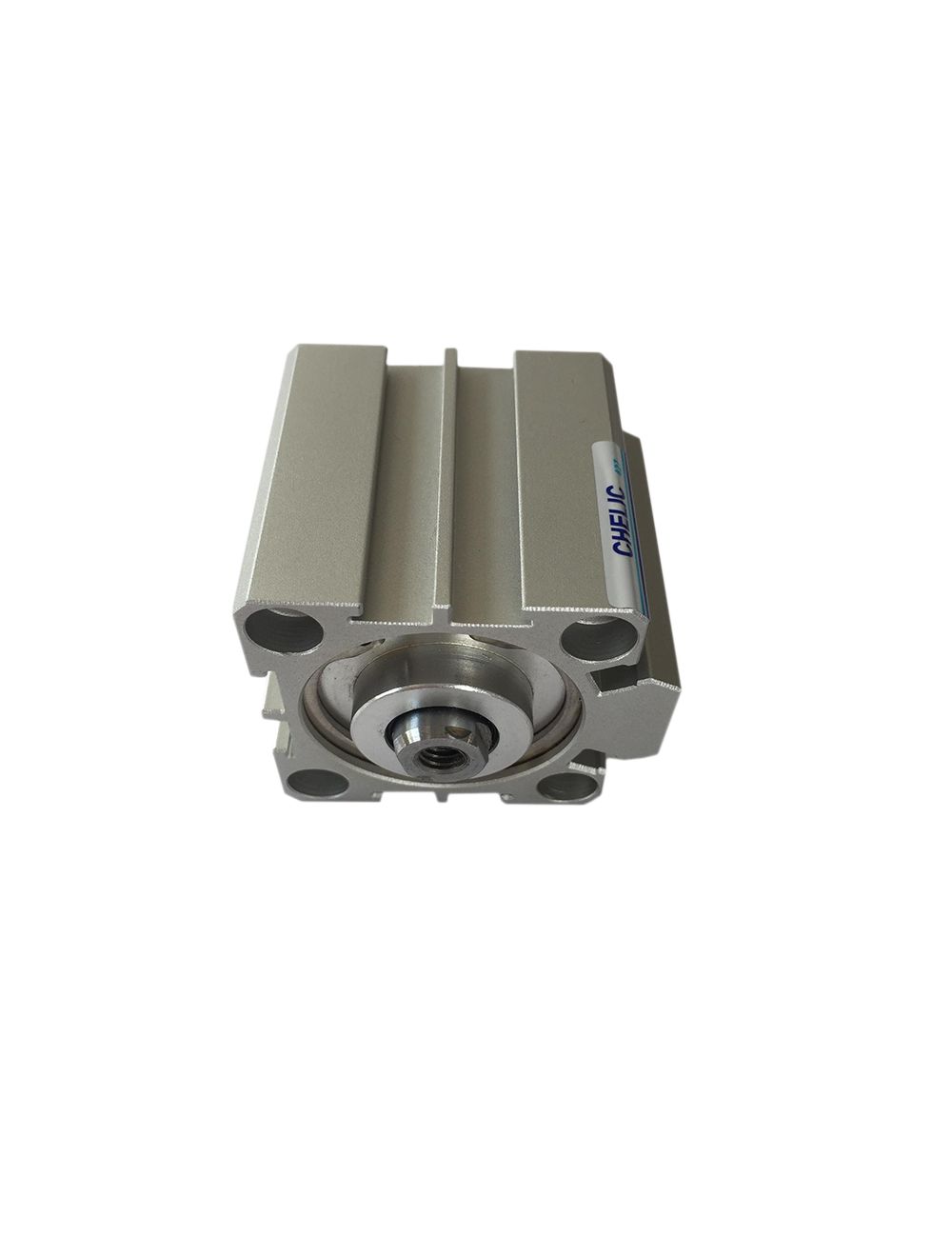Video: Hydrogen Fuel Cell Thermal Management: Two Main Ways Explained with Diagrams

Figure 1: Blower for fuel cells.
Proton exchange membrane fuel cells (PEMFC) have the advantages of high efficiency, cleanliness, zero emissions, etc., and have broad application prospects. In practical applications, 40% to 60% of the chemical energy of PEMFC fuel is converted into electrical energy, and most of the remaining energy is converted into thermal energy.
If the heat cannot be discharged from the fuel cell in time, the system temperature will continue to rise, causing local single cells or local areas within the cell to overheat, seriously affecting the normal operation of the fuel cell.
1. Importance of Thermal Management
The main sources of heat during the operation of the fuel cell include the heat generated by the ohmic resistance, the entropy heat of the reaction, the irreversible electrochemical reaction heat, the heat released by the condensation of water vapor, the heat brought in by the compressed air and the ambient radiation heat. The latter two can be ignored.
At present, most PEMFCs use Nafion series membranes, and the operating temperature is not high, usually 75~80°C. When the temperature reaches above 80°C, the thermal stability and proton conductivity of the proton exchange membrane will decrease. In severe cases, membrane dehydration will occur, resulting in a sharp decrease in conductivity.
At the same time, too high an operating temperature will also accelerate the decay of the catalyst. When the temperature is higher than 130°C, the membrane will be irreversibly damaged, and local hot spots will cause membrane perforation, ultimately affecting the safe operation of the PEMFC stack. So in order to keep the fuel cell operating within the normal temperature range, heat must be removed from it.

Figure 2: Hydrogen fuel cell working principle diagram.
2. Fuel Cell Cooling Solutions
There are three main ways to dissipate heat in fuel cells: the water generated inside the fuel cell vaporizes to dissipate heat, the stack radiates heat, and circulating cooling medium takes away heat. Circulating the cooling medium to take away heat is the main heat dissipation method of fuel cells.
For PEMFC, cooling methods are divided into two ways: single-phase cooling and phase change cooling.
2.1 Single Phase Cooling
The single-phase cooling method uses the sensible heat of the cooling medium to take away the heat generated during the working process of the fuel cell. There are two main types: air cooling and liquid cooling. It is currently the most widely used cooling technology.
(1) Air Cooling
Air cooling is the simplest cooling method. Air is passed through the cooling plate or cathode to take away the waste heat generated by the fuel cell. The structure of the cooling system is also relatively simple.
This heat dissipation method is mostly used in low-power (≤5kW) PEMFC systems with few parts, low cost, and high system efficiency, such as drone power systems and portable power supplies. The schematic diagram of a fuel cell system using air cooling is shown in the figure below.

Figure 3: Air-cooled fuel cell system diagram.
(2) Liquid Cooling
Liquid cooling is to design independent coolant flow channels between the cathode and anode plates of the fuel cell, relying on forced convection heat transfer of the coolant to take away the heat generated during the working process of the fuel cell.
The coolant can be deionized water or a mixture of water and glycol. The specific heat capacity of liquid is larger than that of air. Compared with air cooling, liquid cooling has the advantages of high heat transfer capacity and low flow rate.
Using the liquid cooling method, the temperature distribution of the fuel cell is more uniform, but there are many parts and complex structure, and the accessories used for heat dissipation consume a lot of power, generally accounting for about 10% of the effective output power. For high-power (greater than 5kW) fuel cells, such as automotive fuel cells, liquid cooling is the most commonly used cooling method.
Taking automotive fuel cells as an example, the thermal management system mainly includes coolant pumps, heat exchangers, water tanks, fans, pressure sensors and other components.

Figure 4: Liquid-cooled fuel cell system circulation diagram.
The thermal management system is generally divided into large circulation (external circulation) and small circulation (internal circulation) according to the different channels through which the coolant flows.
In large circulation, the coolant passes through the radiator where its heat is taken away. Then the coolant with reduced temperature enters the fuel cell stack from the radiator outlet, discharges the residual heat of the reaction inside the stack and returns to the cooling water pump inlet.
In small circulation, the coolant does not pass through the radiator, and directly enters the fuel cell stack from the thermostat outlet. Then it takes out the waste heat of the reaction in the stack, and returns to the cooling water pump inlet again.
2.2 Phase Change Cooling
Phase change cooling uses the property of objects to absorb a large amount of heat during phase change to cool the heat source. Commonly used phase change cooling methods for fuel cells include evaporative cooling and heat pipe.
(1) Evaporative Cooling
The evaporative cooling of the fuel cell is that the coolant and air enter the system from the cathode side together. The coolant selected is generally deionized water. The coolant can humidify the air, increase the water content of the proton exchange membrane, and improve fuel cell performance.
At the same time, most of the coolant will be brought into the core area of the heat source by the air and evaporated, taking away the heat generated by the reaction. The evaporative-cooled fuel cell system does not require a humidifier. The evaporation and condensation heat transfer is more efficient than single-phase flow heat transfer, which greatly reduces the load on the cooling water pump and radiator.
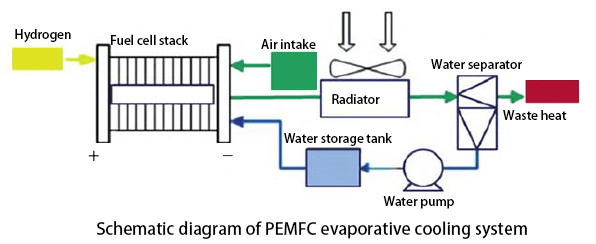
Figure 5: Schematic diagram of PEMFC evaporative cooling system.
(2) Heat Pipe
Heat pipe cooling is to embed the heat pipe into a bipolar plate. In the absence of external power, the heat pipe will transfer a large amount of heat through the cross-sectional area for long-distance heat dissipation.
The material of the heat pipe is generally copper or aluminum alloy, which can ensure that the temperature of the heat source surface maintains good uniformity. The application research of heat pipe cooling technology in the field of fuel cell has just started and further research and development is needed.
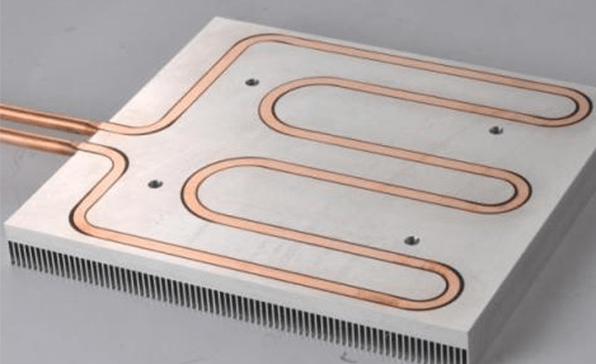
Figure 6:Heat pipe.
3. Summary and Outlook
Thermal management is very important to fuel cell performance, affecting the efficiency, life, and safety of fuel cells. Currently, the most widely used technology in the fuel cell field is single-phase cooling. Phase change cooling technology has the characteristics of uniformity and high efficiency, and is a very worthy research direction.
At the same time, an effective thermal management control strategy is also the key to ensuring the normal operation of the fuel cell. For example, when the temperature of the fuel cell rises and the thermal management system cannot provide sufficient heat dissipation, the control strategy of the power system control platform should consider adopting measures of limiting the output power of the fuel cell, etc., to improve the life, safety and durability of fuel cells.
To improve the heat dissipation capacity of the fuel cell thermal management system, it is also necessary to increase the operating temperature of the fuel cell and improve the temperature characteristics of the fuel cell material. Increasing the operating temperature of fuel cells is a fundamental way to solve the technical bottleneck of fuel cell thermal management systems.

